Egyptian Ankh or Crux Ansata ☥ - Key of Life and Protection
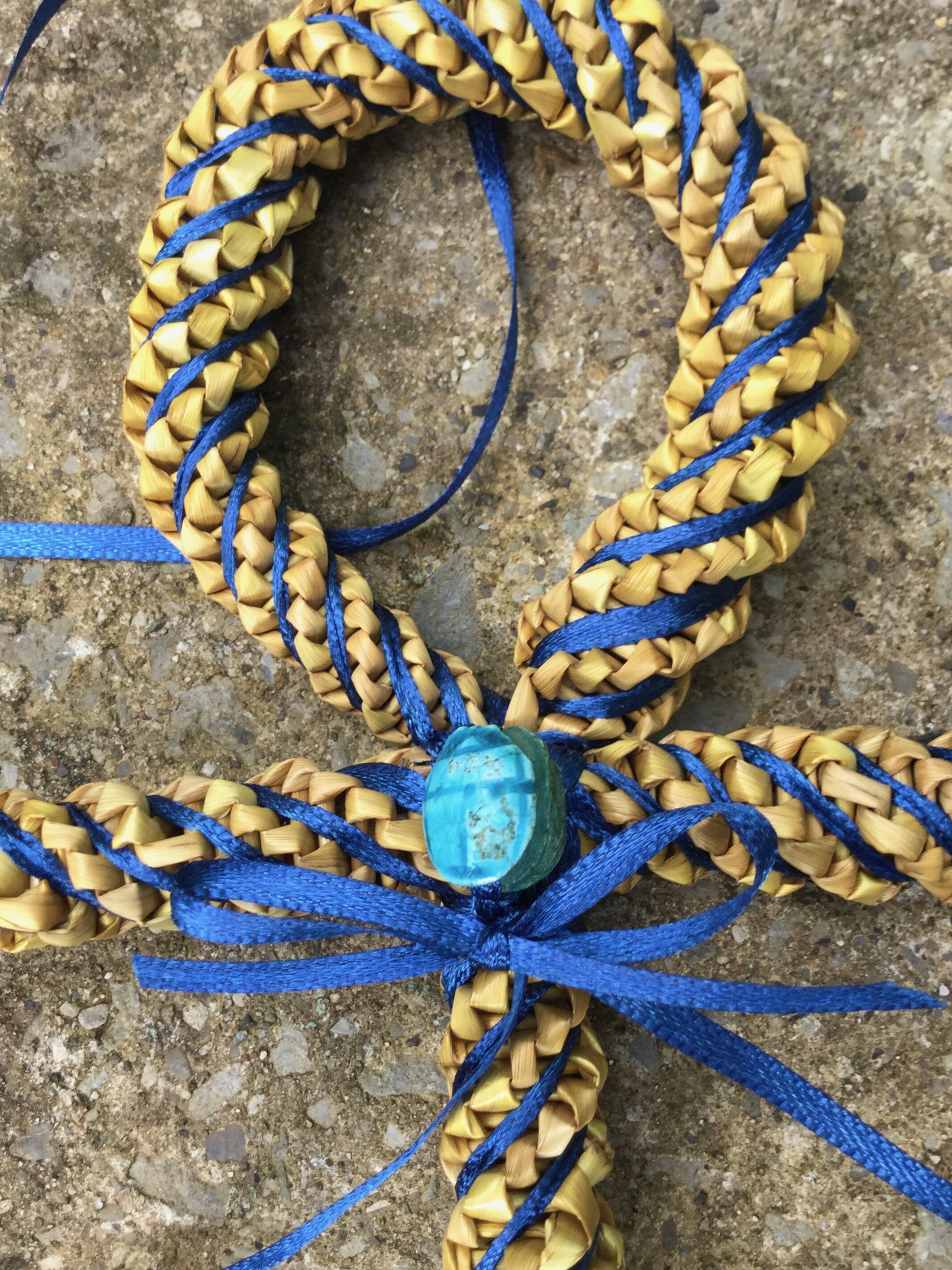
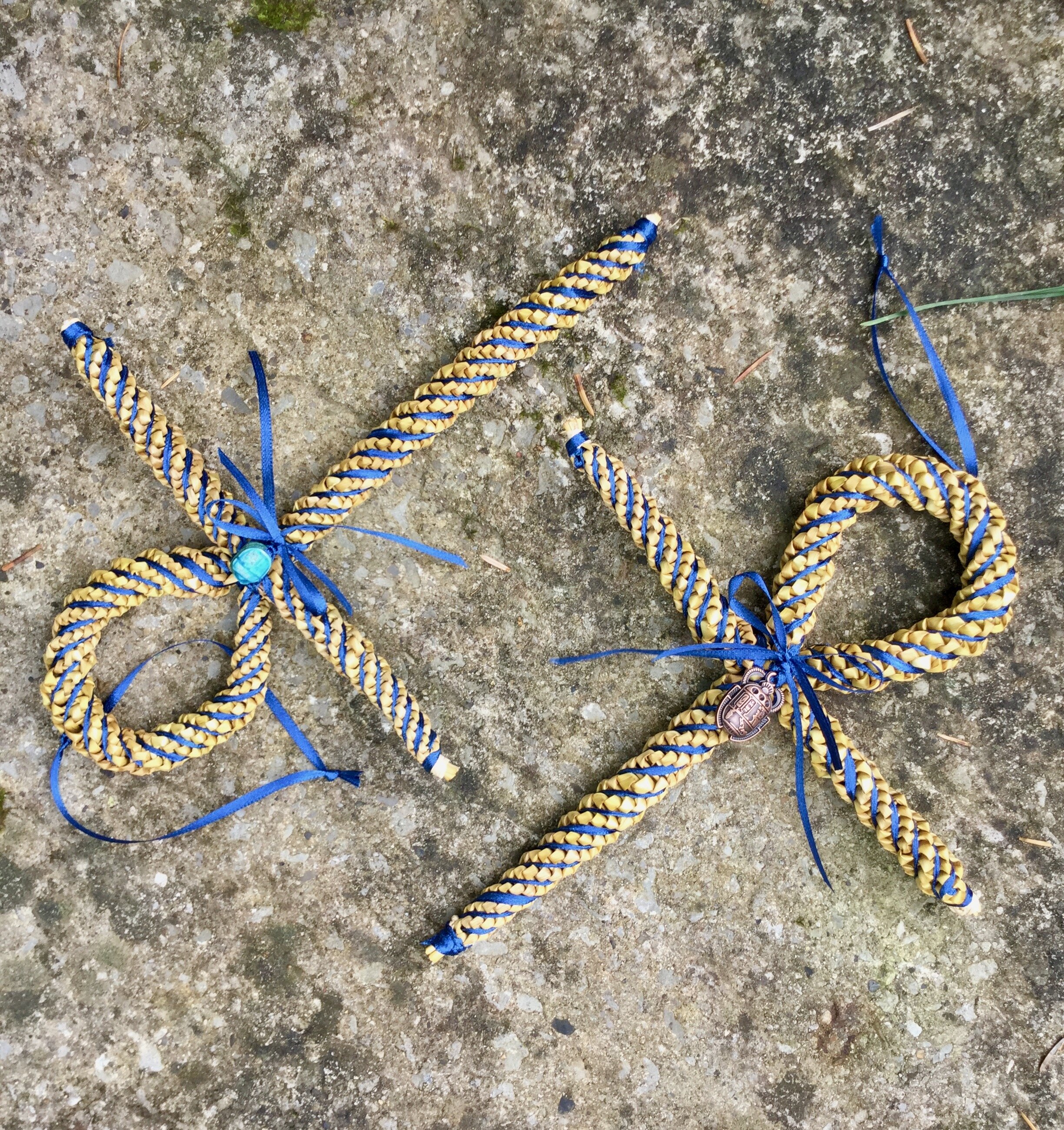
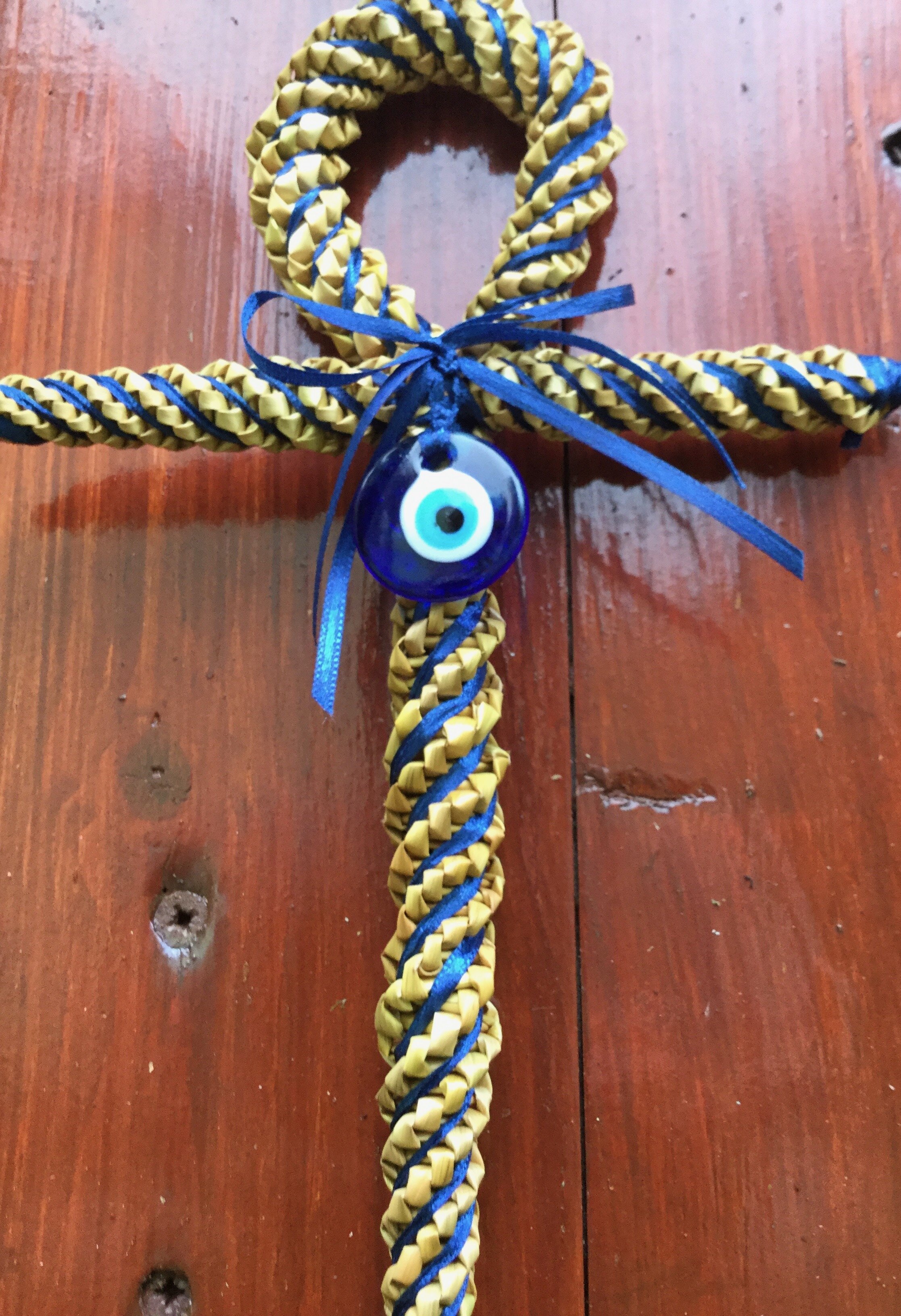

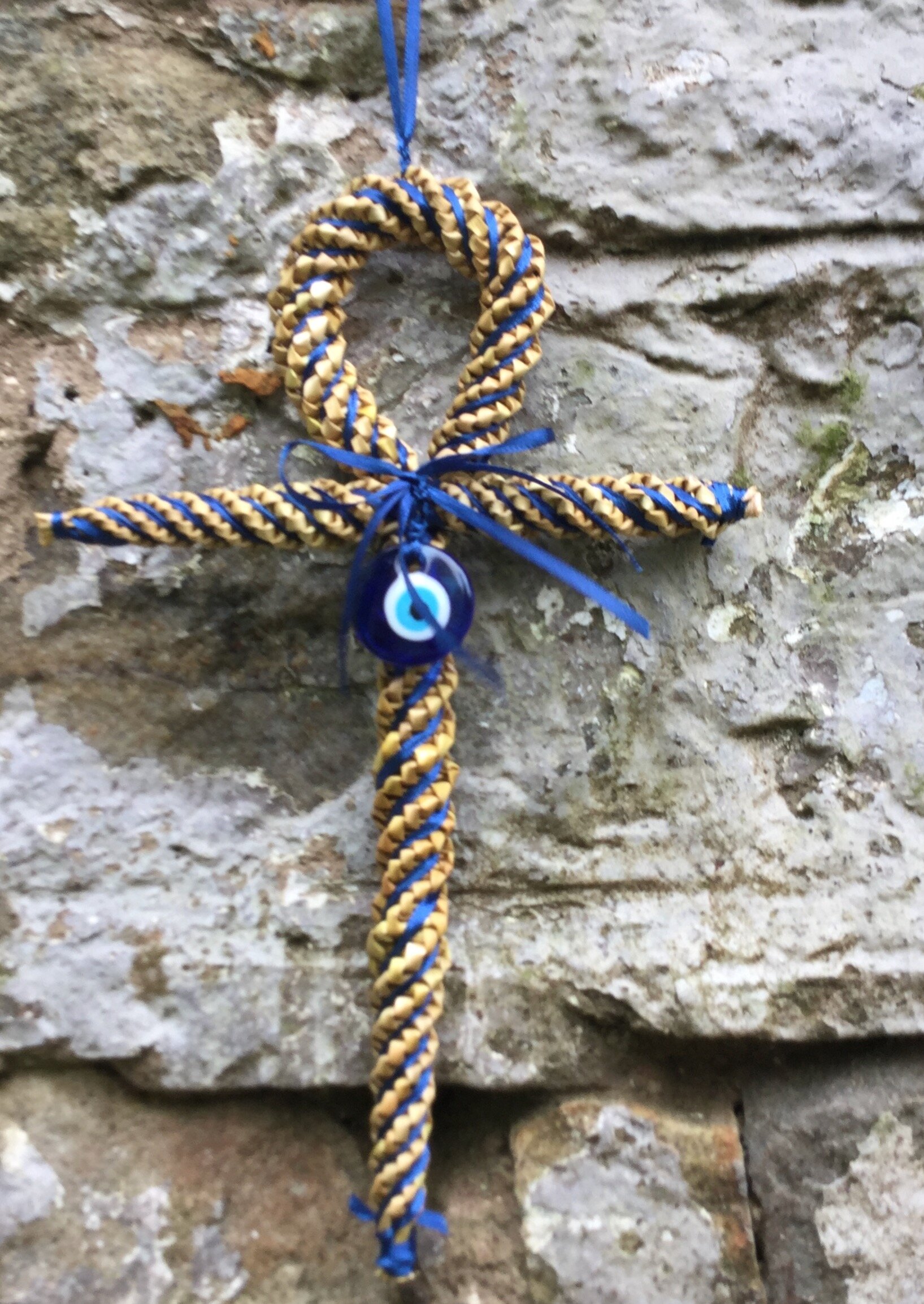
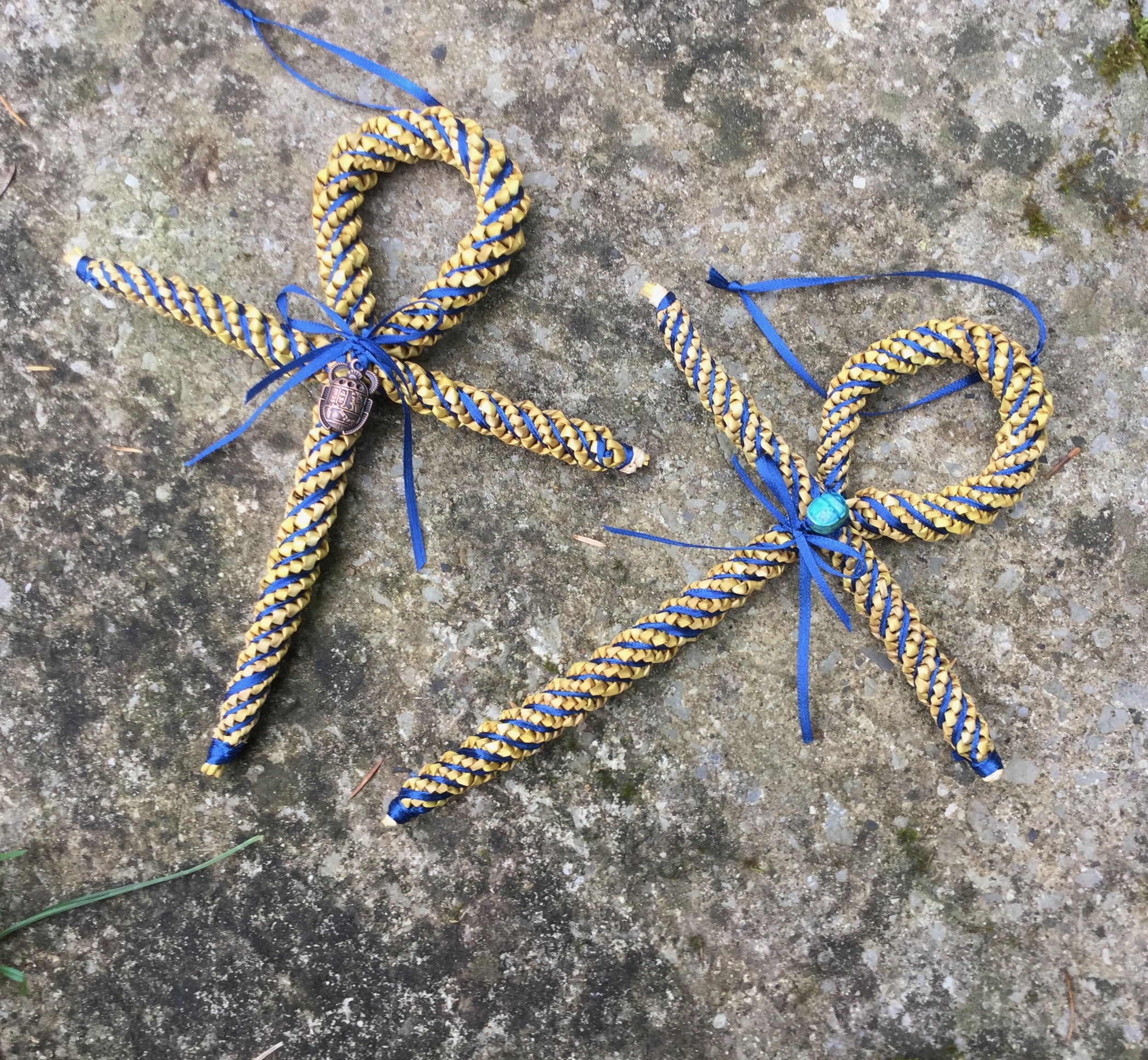
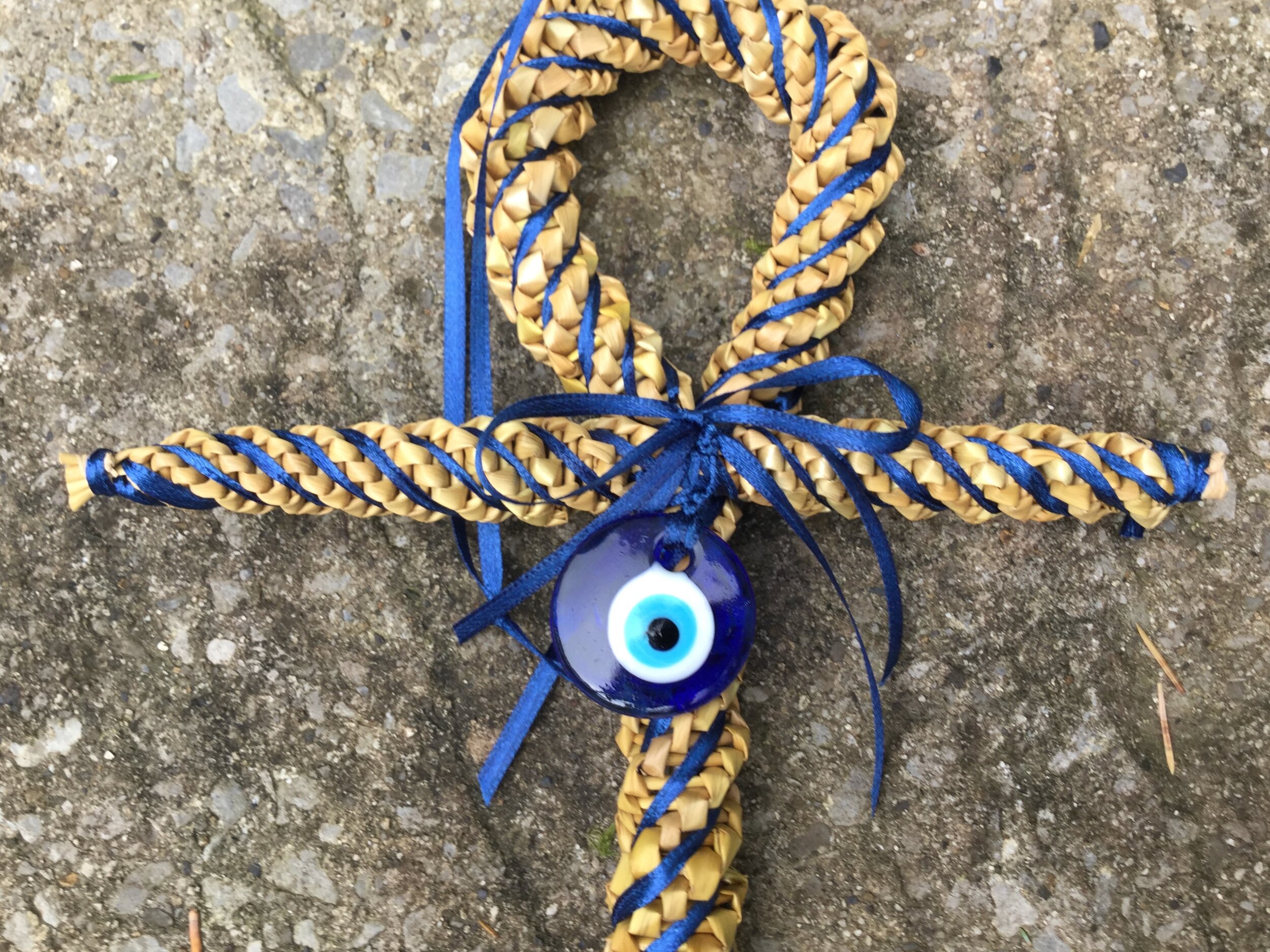
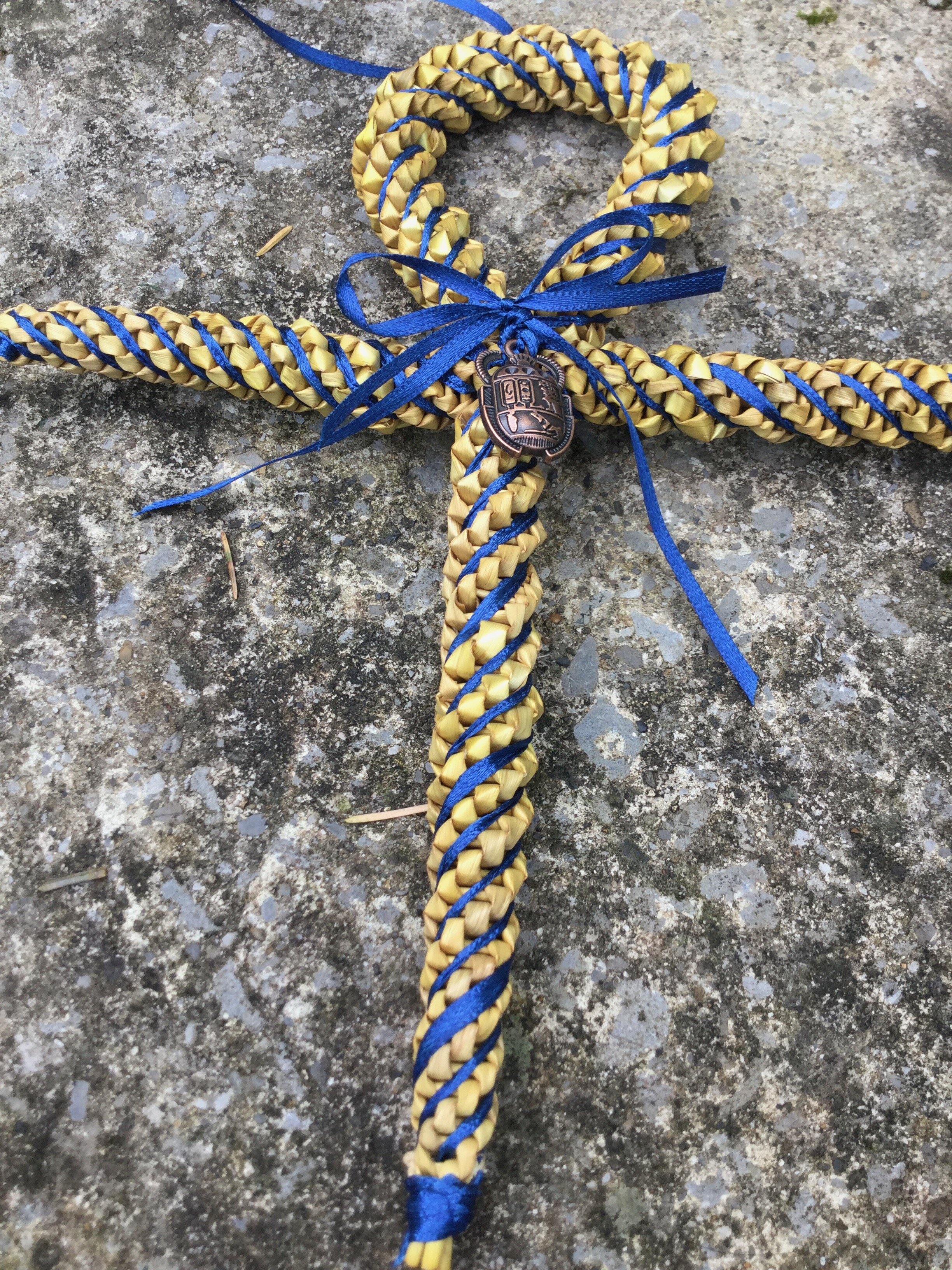
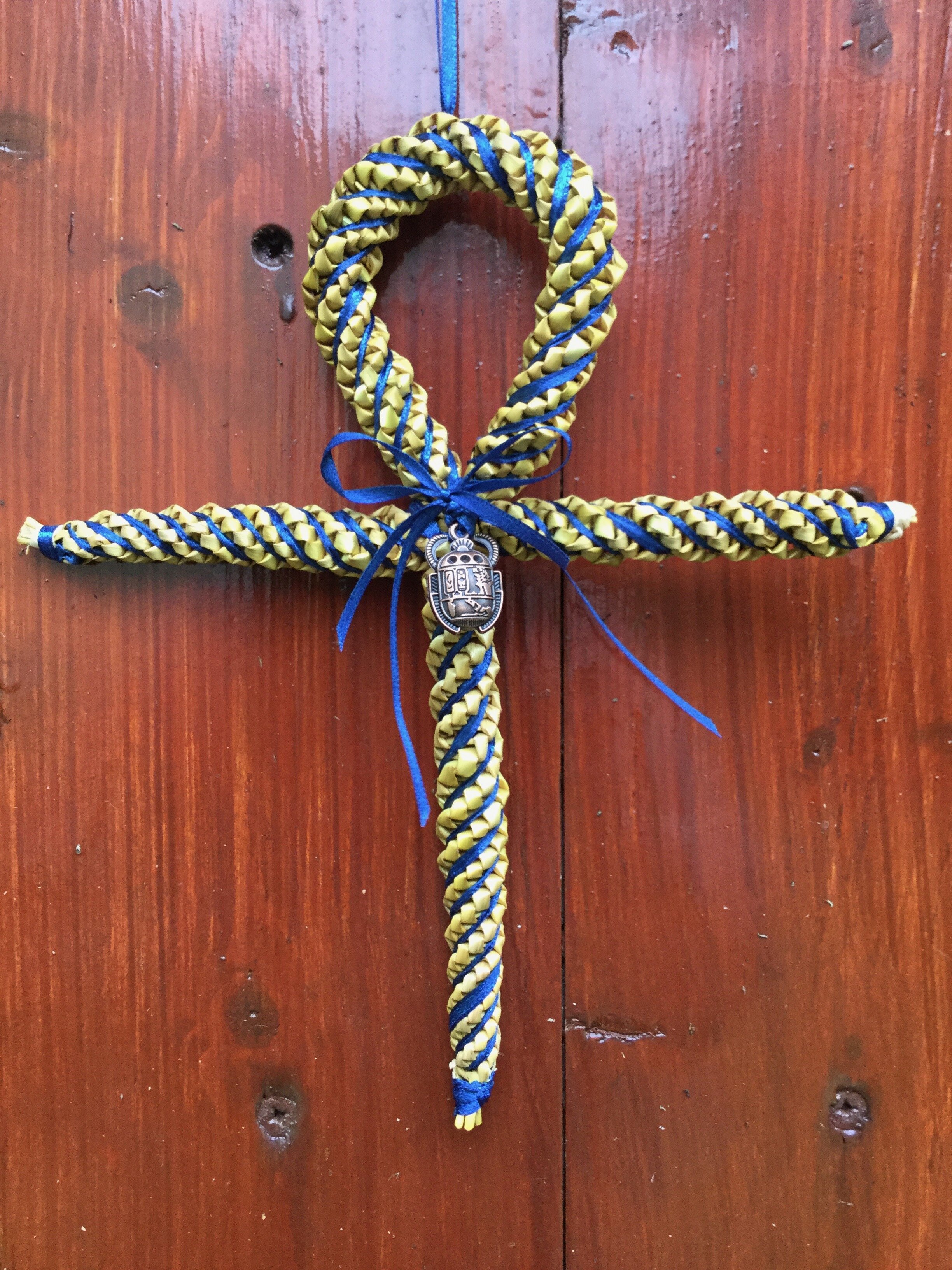

Egyptian Ankh or Crux Ansata ☥ - Key of Life and Protection
The Egyptian Ankh, ’nkh or Egyptian Cross is a well known hieroglyph image ☥ used to represent ‘Life’ , or to represent the ‘Symbol of Life’. It was also associated with immortality, being placed upon the lips of dead kings; as death was not seen to be the end, but merely a transition to the afterlife, or eternal life. It has also been regarded as a symbol of balance between opposing, or opposite forces, such as masculinity and femininity. Believed to represent energy, joy and fertility and the cycles of life.
The Latin Cross has been linked with the Ankh or Crux Ansata, in this case, the Ankh is represented by a much longer descending arm. It was carried by Egyptian priests and kings symbolising their authority as priests of the Sun god and was called then 'The Sign of Life'. It often appears as a symbolic sign in the hands of the goddess Sekhet, and as a hieroglyphic sign of life or of the living. The ‘Ankh’ cross was even used to symbolise the union between the Goddess Isis and her male consort, Osiris.
In the Middle Kingdom another meaning emerged. The work ‘nkh also meant mirror, which supported their idea that the afterlife was a reflection of life here on earth. Due to this association that the Ankh or ’nkh represented both life on earth, and the afterlife, this symbol was often depicted being held by an Egyptian god or goddess, such as Isis, to represent thier liveliness and immortality.
The loop at the top of the Ankh also reinforces the belief that it represents eternal life, as the loop has neither a beginning nor an end, not unlike the ancient Egyptian iconography of the serpent or dragon swallowing its own tail; The Ouroboros or Uroboros. This particular serpent image was said represented the formless disorder that surrounds our orderly world, and was connected with its periodical renewal. This powerful image was still seen in Roman times; often appearing on their magical talismans & emblems.
There are depictions of Egyptian Gods, such as Horus, handing the Ankh to pharaohs, or holding one up to the nose of the deceased, signifying breathing in life. It was a symbol often added to the sarcophagi of pharaohs, as a symbol that the gods were giving eternal life to their deceased royalty. Thus, it was also seen as the Key to the gates of death and beyond.
Historians have suggested that it was later adopted by Egypt’s Coptic Christians in the 4th century AD. Who regarded the Ankh as a symbol of Christ’s promise of eternal life through his death and resurrection. It was also been considered that over the years, the Ankh had later lost the loop at its top and in time became more commonly seen as the Christian, or Latin cross.
